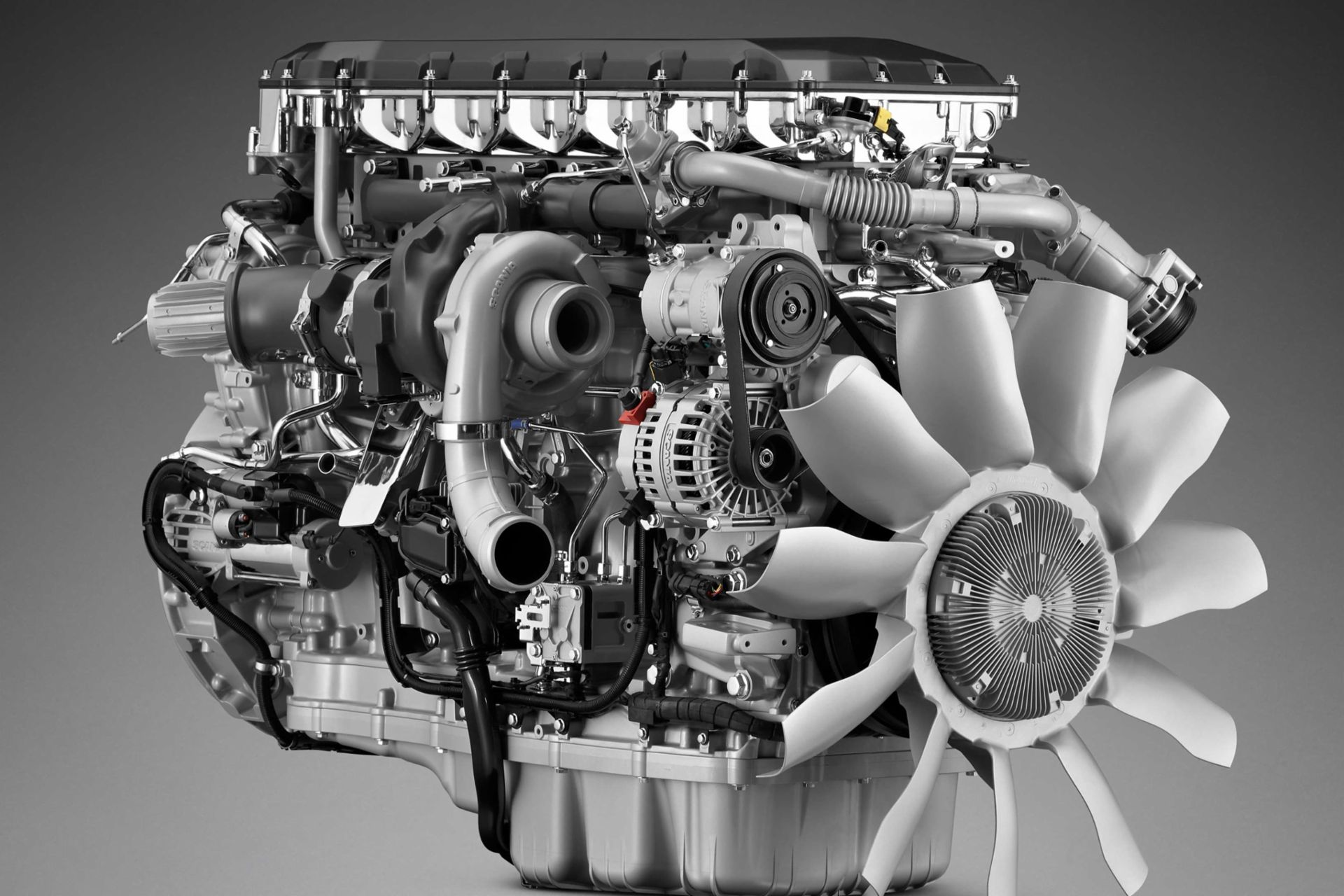The Mission for Ultimate Driving Power: Examining the Peak of Engine Performance and Technological Developments in the Automotive Field
In the realm of vehicle design, the quest of optimum driving power has actually been an unrelenting pursuit that has unfolded with the development of engine layout and the integration of advanced modern technologies. From the careful workmanship of burning engines to the quick advancements in electric propulsion systems, the automotive industry stands at the cusp of a new age identified by unprecedented efficiency capacities.
Advancement of Engine Layout

Moreover, the combination of turbocharging and supercharging innovations has actually reinvented engine layout by boosting power without significantly raising engine dimension. These forced induction systems compress the intake air, permitting for even more fuel to be combusted, therefore producing greater power result from a smaller sized engine. This improvement has actually been particularly vital in improving the performance of smaller displacement engines while preserving fuel performance criteria.

Performance-Enhancing Gas Technologies
The implementation of sophisticated gas technologies has actually substantially added to improving engine efficiency in contemporary lorries. Biofuels, derived from sustainable sources like sugarcane, corn, or algae, deal decreased discharges and improved engine performance. In addition, fuel additives and cleaning agents are being created to tidy engine elements, maximize combustion, and decrease rubbing, therefore increasing general vehicle performance.
Improvements in Electric Propulsion
Substantial strides in electric propulsion innovation have changed the auto sector, leading the way for a brand-new period of efficient and sustainable transport. Electric automobiles (EVs) are getting appeal as a result of their ecological advantages and advancements in battery technology, allowing longer driving varieties and shorter charging times. Producers are investing heavily in r & d to enhance the performance of electric propulsion systems, concentrating on boosting power result, improving energy efficiency, and decreasing general weight.
One remarkable advancement in electric propulsion is the development of advanced electrical motors that supply greater torque and power thickness, resulting in boosted velocity and overall driving performance. Additionally, regenerative stopping systems have actually been fine-tuned to capture and save energy throughout deceleration, further boosting the performance of EVs.
Moreover, the assimilation of wise technologies, such as expert system and anticipating analytics, is enhancing the management of electrical propulsion systems, making certain optimum performance under various driving problems. These developments in electrical propulsion are reshaping the auto landscape, driving the market in the direction of a much more sustainable and amazed future.
Impact of Computational Fluid Characteristics
With improvements in electric propulsion pressing the limits of automotive modern technology, the combination of Computational Fluid Characteristics is playing a crucial role in maximizing wind resistant performance and boosting total efficiency in lorry style. Computational Fluid Dynamics (CFD) includes making use of computer simulations to analyze the circulation of air around an automobile, allowing designers to predict just how style changes will certainly affect aerodynamics without the need for costly physical models. By precisely modeling air flow patterns, CFD allows for the refinement of automobile forms to reduce drag, enhance cooling, and boost security.
CFD makes it possible for engineers to optimize airflow around parts such as radiators, engine bays, and wheel wells, adding check over here to improved efficiency and total driving experience. In final thought, the integration of Computational Liquid Characteristics represents a significant action ahead in the quest for best driving power and effectiveness in the automobile industry.
Future Patterns in Engine Development
In the dynamic landscape of auto design, innovative improvements are shaping the future trajectory of engine technology. The future of engine style is noted by a solid emphasis on efficiency, efficiency, and sustainability. Manufacturers are significantly concentrating on creating engines that not just provide high power outputs but likewise prioritize ecological duty by reducing exhausts and enhancing gas efficiency.
One popular fad in engine development is the surge of electrification. Hybrid and electric powertrains are obtaining traction as practical choices to typical combustion engines. These innovations supply the capacity for substantial decreases in carbon emissions and boosted power efficiency, lining up with worldwide weblink initiatives to combat climate modification.
Moreover, developments in materials scientific research and production techniques are allowing the manufacturing of lighter and extra resilient engine elements. This change in the direction of lightweight materials such as carbon fiber and light weight aluminum alloys adds to enhanced efficiency and gas economy.
Verdict
To conclude, the pursuit of best driving power in the vehicle field remains to drive innovations in engine design, gas modern technologies, electrical propulsion, and computational liquid characteristics. The advancement of these modern technologies is forming the future of engine advancement, leading their explanation the way for a lot more powerful and efficient lorries (engines for africa). As the sector remains to press the limits of what is possible, we can expect to see a lot more groundbreaking developments in the pursuit for peak efficiency
One of the vital landmarks in engine style development is the shift from conventional carbureted engines to modern fuel-injected systems. By precisely metering the gas distribution to each cylinder, fuel-injected engines optimize burning, resulting in far better efficiency and decreased environmental influence.
Moreover, the combination of turbocharging and supercharging technologies has revolutionized engine layout by increasing power without considerably increasing engine dimension (engines for africa).The implementation of innovative fuel modern technologies has actually significantly added to enhancing engine efficiency in contemporary vehicles. Furthermore, fuel ingredients and detergents are being developed to clean engine elements, optimize combustion, and reduce rubbing, thereby improving overall car efficiency